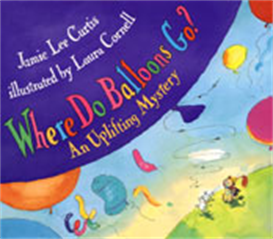Title: The Giver
Author: Lois Lowry
Illustrator: NA
Novel for ages (approximately) 12 and up
Rating: 5 of 5 stars
Summary:
This book is about Jonas, a twelve-year-old boy growing up in a utopia, which he finds out is not really a utopia at all. It is a Newberry Medal winner.
Opinion:
I have read this book twice now and I loved it both times. It is packed with mystery and suspense as well as heated topics. The mood in this book is overwhelming at times and really gets you thinking about things. It is packed full of thought provoking issues and topics. For instance, when you find that the people no longer see color in order to eliminate differences, is this right or wrong? Why are differences bad? Yes, for the most part it would eliminate racism and harassment, but is that the right way to eliminate those problems? Wouldn’t it have more meaning if people simply chose not to behave in that way because they know that differences are something to be embraced?
Another time injustice seems to punch you in the face while reading this book is when you find out what release is. Is it right to kill the weak only because they are weak. Yes, I’m sure costs go down because you no longer have to care for those who can’t care for themselves, but can you really put a price on a life? Does any one person or group of people for that matter ever have the right to determine when someone should die? Is the right to live something you’re born with or is it earned and at what point are you old enough to begin earning towards that right?
There are also several more subtle controversies that come up. For example as one of my fellow students brought up, with the suicide of the receiver in training comes to light, not only is there the topic of suicide , but there is the deeper issue of is all the good worth all the bad and is something ever so hard that there is no way out? Although uncomfortable to talk about I feel suicide is something that should be discussed with students. It is one of the leading causes of death in teenagers today. Maybe if they had felt able to talk about it they would have made a different choice.
This book brings up many strong internal feelings and opinions as good quality literature should which is why I would definitely use this book in my classroom, again on the stipulation that it is not banned for its “controversial” content.




